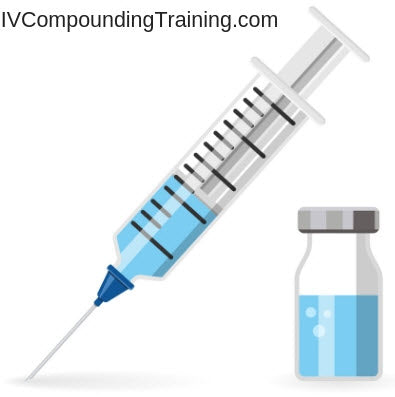Once you’re done with the course, take a final exam, pass with a score of 75% or better, and receive a beautiful certificate of completion upon request.
This course is thorough and will give you a jumpstart in transitioning into sterile compounding.
View the table of contents here.
SIGN UP HERE FOR THE UPDATED STERILE
